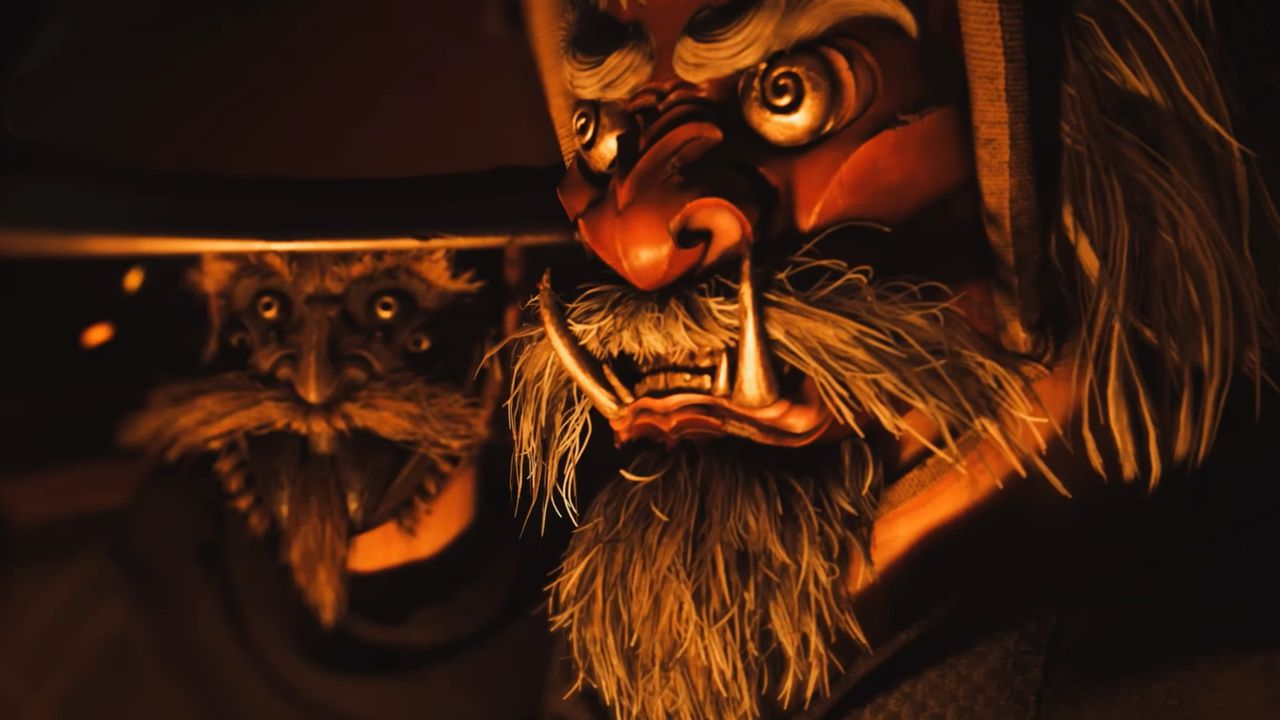
Being able to pet the foxes in Ghost of Tsushima and new sequel Ghost of Yotei is one of few comforts developer Sucker Punch allows in its otherwise brutal Japanese historical fiction games – but don't be led astray by the foxes' little faces and sweet orange coats. While their fluff was fair game in the 17th century, when Ghost of Yotei takes place, foxes in Japan are now potentially deadly to touch.
They have worms! Worms! And, spotted by Automaton, this modern tragedy is what has some Hokkaido residents worried Ghost of Yotei might give strangers the wrong idea about real Ezo red foxes. I'm sure it doesn't help that their faces are even more pinched and little in person, the color of their fur even more like the juice from a sweet orange…
Oh, sorry. I was experiencing cute animal hypnosis. See – this is the problem. The Ezo red fox looks like a cupcake of a creature in the winter, especially, but you should never pet them in real life. They're unfortunately hosts of the Echinococcus tapeworm, which can spread to humans and cause cysts in your organs. You might think that sounds disturbing enough on its own, but these cysts can also cause life-threatening anaphylaxis if they burst.
北海道羊蹄山が舞台の「ゴースト・オブ・ヨウテイ」でキタキツネをもふもふできる⁉️道民「あかん…」🦊 pic.twitter.com/vkzCroQjLGOctober 1, 2025
Bursting in your organs. Cysts. Worm cysts. So, don't pet the fox outside of Ghost of Yotei, which one Japanese biologist (according to Automaton's translation) says is a "good representation that shows how proper historical research should be done."
"The Echinococcus is said to have been artificially introduced to Hokkaido via foxes brought from the Kurile Islands in the 1920s," they explain on Twitter, "but it was only in the 1980s when the disease was confirmed in all of Hokkaido, so it's a relatively recent development.
"As the story of the game takes place in 1603, the foxes in Hokkaido wouldn't be carrying the echinococcus." If they were, Ghost of Yotei might be a very different game.







